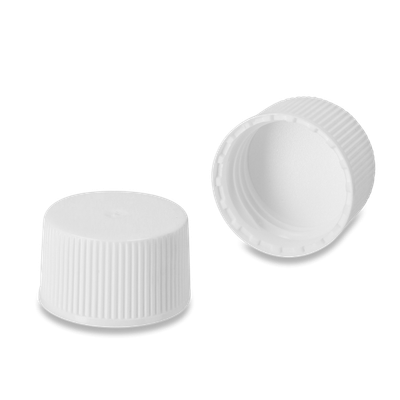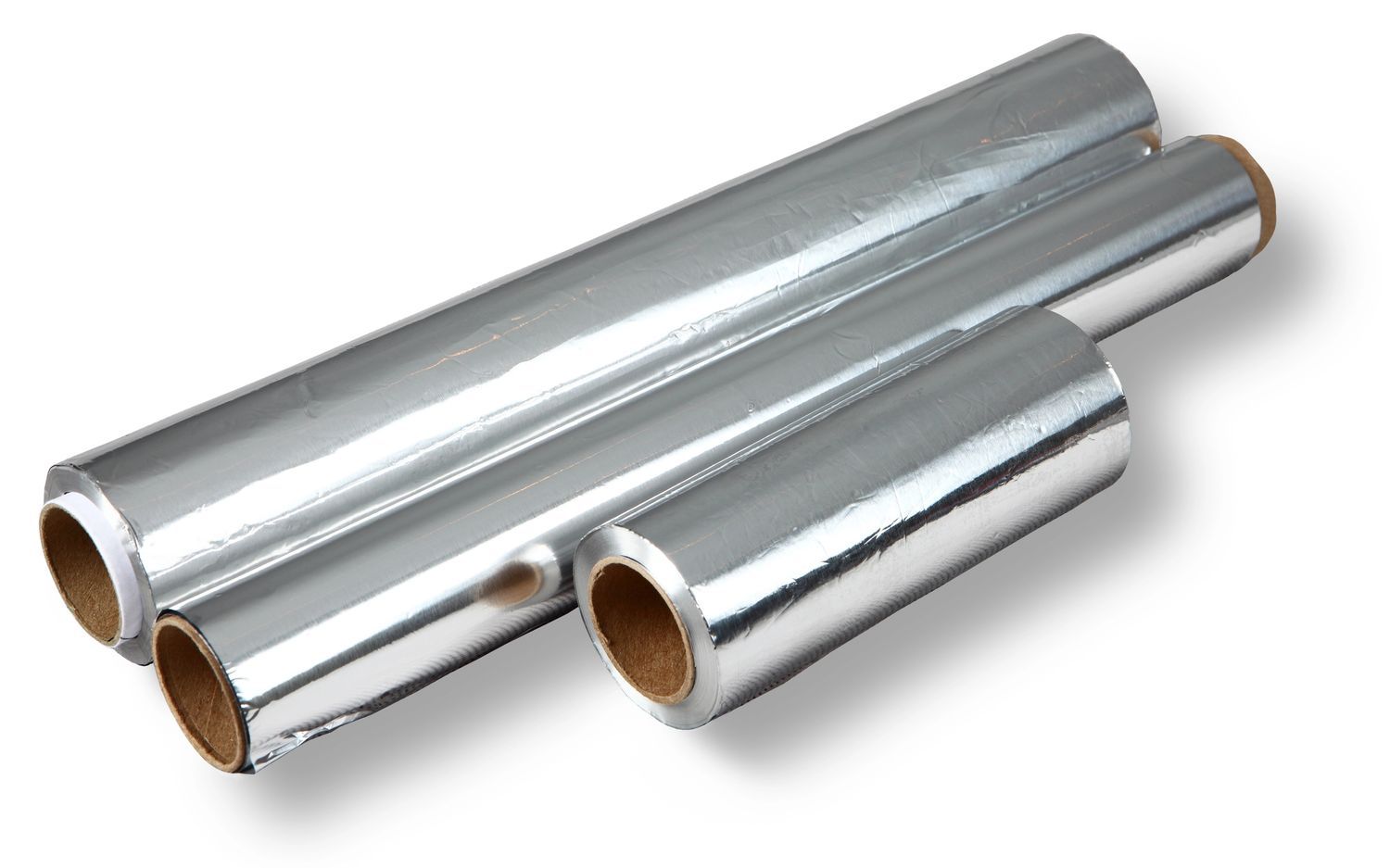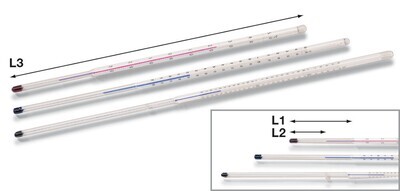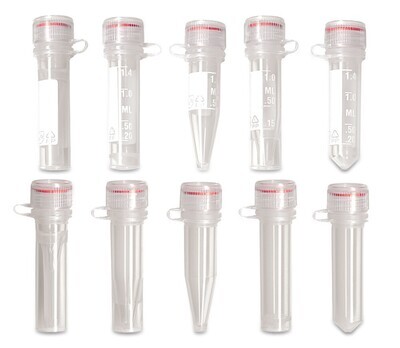Stainless steel foil 0.075 x 150 x 150 mm 1 pc
SKU 902229-1
€ 123,26
In stock
1
Save this product for later
Stainless steel foil 0.075 x 150 x 150 mm 1 pc
Product Details
CAS number: 12597-68-1
Cation: Fe
Packaging: 1 pc
EAN: 8721028230621
Brand: Laboratoriumdiscounter
0.075 x 150 x 150 mm
Stainless steel foil is a versatile and durable material that is commonly used in various industries. Its corrosion resistance, high strength, and heat resistance make it ideal for applications such as packaging, insulation, and electrical components. With its thin and flexible nature, stainless steel foil offers excellent formability and can be easily shaped or molded to fit specific requirements. Whether it's for industrial or commercial use, stainless steel foil provides a reliable and long-lasting solution for a wide range of applications.
1. Wear appropriate personal protective equipment (PPE) such as gloves, safety glasses, and a lab coat or apron when handling stainless steel foil. This will help protect your skin and eyes from potential injuries. 2. Ensure that your work area is clean and free from any clutter or obstructions. This will help prevent accidents and make it easier to handle the foil safely. 3. When cutting stainless steel foil, use sharp and appropriate tools such as scissors or a utility knife. Dull tools can cause slips and increase the risk of injury. Always cut away from your body and keep your fingers clear of the cutting path. 4. Be cautious of sharp edges on the foil. Stainless steel foil can have sharp edges that can cause cuts or punctures. Handle the foil with care and avoid dragging or sliding it across surfaces to minimize the risk of injury. 5. Avoid excessive bending or folding of the foil, as this can create sharp creases that may cause injury. If you need to bend or fold the foil, use a smooth and controlled motion to prevent any accidents. 6. Keep the foil away from open flames or heat sources. Stainless steel foil is a good conductor of heat and can become hot quickly. Avoid contact with hot surfaces to prevent burns or fire hazards. 7. Store stainless steel foil in a dry and cool area to prevent corrosion. Moisture can cause the foil to rust or degrade, which may affect its performance and safety. 8. If you notice any damage or defects on the foil, such as tears, holes, or discoloration, do not use it. Damaged foil may not provide the desired protection or may pose additional safety risks. 9. Dispose of stainless steel foil properly. If the foil is contaminated with chemicals or other hazardous substances, follow the appropriate disposal procedures to ensure safety and environmental compliance. 10. Familiarize yourself with the specific safety guidelines provided by the manufacturer or your workplace. Different types of stainless steel foil may have unique properties or handling requirements, so it is important to follow any additional safety instructions provided.
Please note, not all safety data for this product is available on our website, for a complete list of P en H sentences and other safety instructions please request the MSDS at our customer service
Stainless steel foil is a versatile and durable material that is commonly used in various industries. Its corrosion resistance, high strength, and heat resistance make it ideal for applications such as packaging, insulation, and electrical components. With its thin and flexible nature, stainless steel foil offers excellent formability and can be easily shaped or molded to fit specific requirements. Whether it's for industrial or commercial use, stainless steel foil provides a reliable and long-lasting solution for a wide range of applications.
1. Wear appropriate personal protective equipment (PPE) such as gloves, safety glasses, and a lab coat or apron when handling stainless steel foil. This will help protect your skin and eyes from potential injuries. 2. Ensure that your work area is clean and free from any clutter or obstructions. This will help prevent accidents and make it easier to handle the foil safely. 3. When cutting stainless steel foil, use sharp and appropriate tools such as scissors or a utility knife. Dull tools can cause slips and increase the risk of injury. Always cut away from your body and keep your fingers clear of the cutting path. 4. Be cautious of sharp edges on the foil. Stainless steel foil can have sharp edges that can cause cuts or punctures. Handle the foil with care and avoid dragging or sliding it across surfaces to minimize the risk of injury. 5. Avoid excessive bending or folding of the foil, as this can create sharp creases that may cause injury. If you need to bend or fold the foil, use a smooth and controlled motion to prevent any accidents. 6. Keep the foil away from open flames or heat sources. Stainless steel foil is a good conductor of heat and can become hot quickly. Avoid contact with hot surfaces to prevent burns or fire hazards. 7. Store stainless steel foil in a dry and cool area to prevent corrosion. Moisture can cause the foil to rust or degrade, which may affect its performance and safety. 8. If you notice any damage or defects on the foil, such as tears, holes, or discoloration, do not use it. Damaged foil may not provide the desired protection or may pose additional safety risks. 9. Dispose of stainless steel foil properly. If the foil is contaminated with chemicals or other hazardous substances, follow the appropriate disposal procedures to ensure safety and environmental compliance. 10. Familiarize yourself with the specific safety guidelines provided by the manufacturer or your workplace. Different types of stainless steel foil may have unique properties or handling requirements, so it is important to follow any additional safety instructions provided.
Please note, not all safety data for this product is available on our website, for a complete list of P en H sentences and other safety instructions please request the MSDS at our customer service
You May Also Like

Screw cap PP white RD 25 - with EPE insert
Screw cap PP white RD 25 - with EPE insert
SKU 8-2001-25-W
€ 0,24
Display prices in:EUR




![METHYL 6H-THIENO[2,3-B]PYRROLE-5-CARBOXYLATE, 97.0%, 10g METHYL 6H-THIENO[2,3-B]PYRROLE-5-CARBOXYLATE, 97.0%, 10g](https://d2j6dbq0eux0bg.cloudfront.net/images/88473019/4780696447.png)







